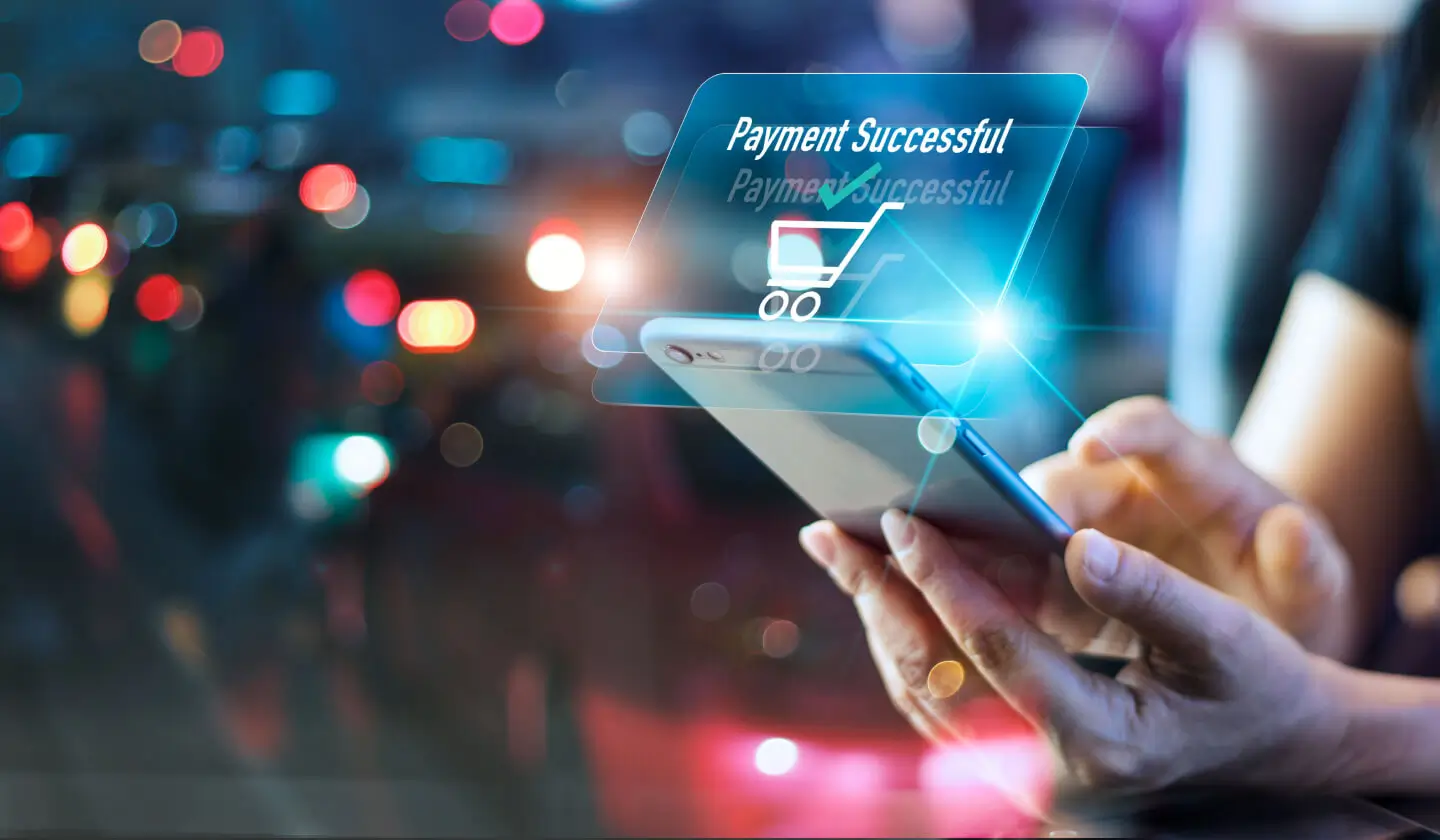In today’s fast-paced digital world, providing a seamless payment experience is crucial for the success of any mobile app. With users increasingly opting for convenience and speed, integrating mobile payments can significantly enhance user satisfaction, increase conversion rates, and drive loyalty. In this blog, we’ll explore how to effectively integrate mobile payments into your app, ensuring a smoother user experience.

Table of Contents
Toggle1. Understanding the Importance of Mobile Payments
Mobile payments allow users to make transactions directly through your app using their smartphones or tablets. This convenience can lead to:
- Increased Conversion Rates: A streamlined payment process reduces friction, resulting in higher completion rates for transactions.
- Enhanced User Trust: Offering secure payment options builds trust with users, encouraging them to engage with your app more frequently.
- Greater User Retention: A smooth payment experience can keep users coming back, as they prefer apps that make transactions easy and efficient.
2. Choose the Right Payment Gateway
Selecting the right payment gateway is crucial for ensuring secure and efficient transactions. Consider the following factors when choosing a payment gateway:
- Security Features: Ensure the gateway offers robust security measures, such as encryption, tokenization, and fraud detection.
- Supported Payment Methods: Look for gateways that support various payment methods, including credit/debit cards, digital wallets, and bank transfers, to cater to a broader audience.
- Fees and Charges: Compare transaction fees and any additional costs associated with different payment gateways to determine the most cost-effective option for your business.
Popular Payment Gateways to Consider:
- Stripe: Known for its developer-friendly API and flexibility.
- PayPal: A widely recognized option that offers various payment solutions.
- Square: Excellent for businesses looking for integrated point-of-sale and online payment solutions.
- Braintree: A PayPal service that provides a seamless checkout experience.
3. Implement User-Friendly Design
A user-friendly design is essential for a smooth payment experience. Keep these design principles in mind:
- Simplicity: Avoid cluttered screens and keep the payment process as straightforward as possible. Use clear labels and concise instructions.
- Progress Indicators: If the payment process involves multiple steps, include a progress indicator to keep users informed about their status.
- One-Click Payments: Implementing one-click payment options for returning users can significantly reduce friction and enhance convenience.
4. Enable Multiple Payment Options
Offering various payment options allows users to choose their preferred method, increasing the likelihood of completing transactions. Consider integrating:
- Credit/Debit Cards: The most common payment method, allowing users to enter card details directly.
- Digital Wallets: Options like Apple Pay, Google Pay, and Samsung Pay provide quick and secure payment methods.
- Buy Now, Pay Later (BNPL): Integrate services like Afterpay or Klarna, allowing users to pay in installments, which can be especially appealing for higher-priced items.
5. Ensure Security and Compliance
Security is paramount when handling financial transactions. Implement the following security measures:
- PCI Compliance: Ensure your app complies with the Payment Card Industry Data Security Standard (PCI DSS) to protect user data and maintain a secure payment environment.
- Two-Factor Authentication (2FA): Adding 2FA can enhance security by requiring users to verify their identity through an additional method (e.g., SMS or authentication app).
- Fraud Detection Tools: Implement fraud detection tools to monitor transactions for suspicious activities, minimizing risks for both your business and users.
6. Provide Clear Payment Confirmation
After a transaction is completed, providing users with clear confirmation is crucial. Consider these strategies:
- Instant Notifications: Send instant notifications or emails to confirm the payment and provide a summary of the transaction.
- Receipts: Offer the option to view or download digital receipts within the app, giving users easy access to their transaction history.
7. Optimize for Mobile Experience
Since users are accessing your app on mobile devices, ensure the payment integration is optimized for smaller screens. Key considerations include:
- Responsive Design: Ensure payment screens are responsive and easy to navigate on various screen sizes.
- Auto-Fill Features: Implement auto-fill options for payment information to speed up the process and minimize user effort.
- Test Performance: Regularly test the payment process to ensure quick load times and a seamless experience.
8. Collect User Feedback
Once your mobile payment system is integrated, gather feedback from users to identify areas for improvement. Consider these strategies:
- Surveys and Ratings: Use in-app surveys or rating systems to collect user opinions on the payment experience.
- Analytics Tools: Implement analytics tools to track user behavior during the payment process, helping you identify bottlenecks or drop-off points.
Conclusion
Integrating mobile payments into your app is a powerful way to enhance user experience and drive engagement. By selecting the right payment gateway, implementing user-friendly design principles, ensuring security, and optimizing for mobile, you can create a seamless payment experience that keeps users satisfied and coming back for more. As you look to the future, prioritizing mobile payment integration will not only improve user satisfaction but also contribute to your app’s overall success in a competitive marketplace.


No responses yet